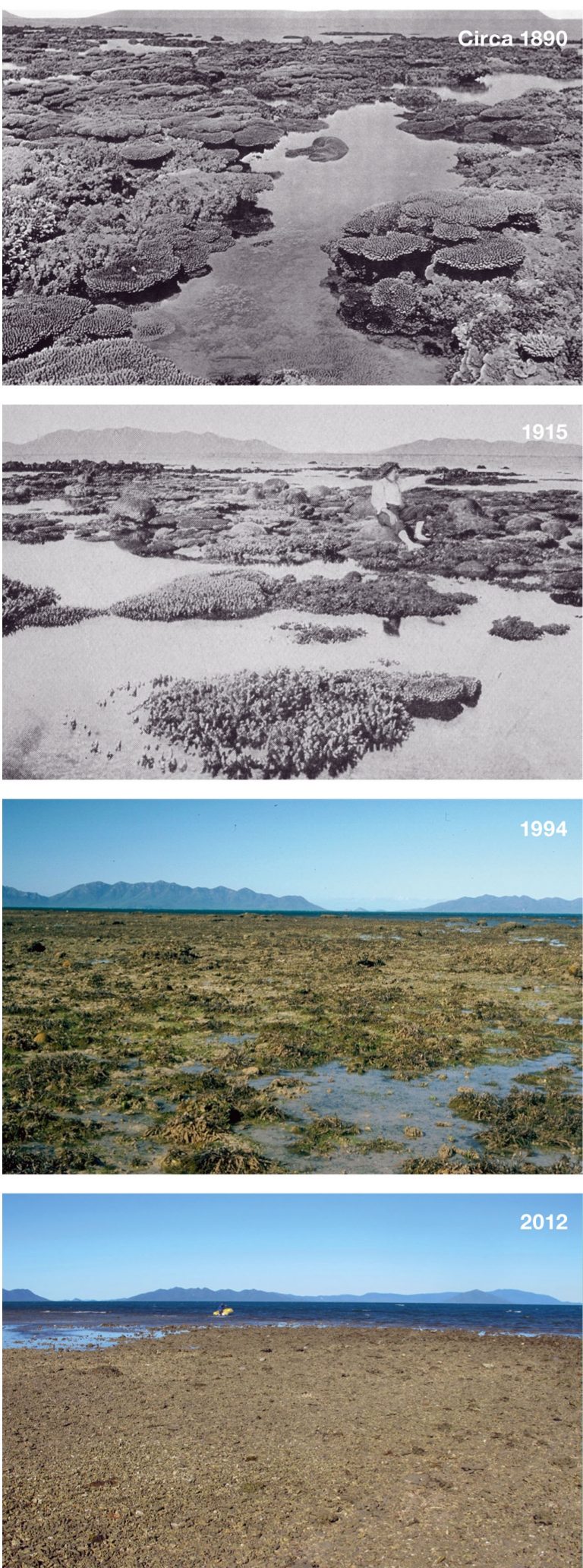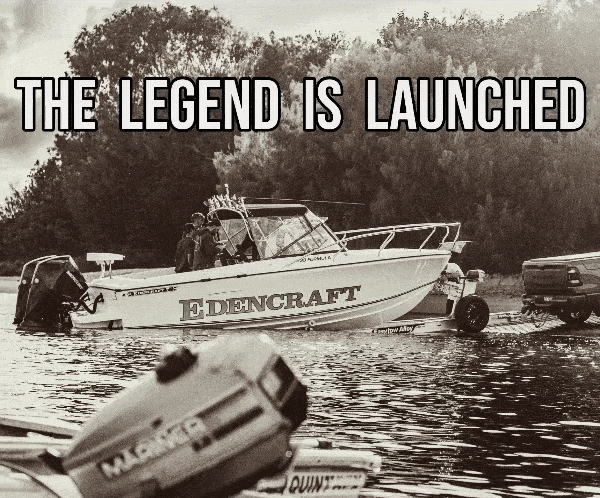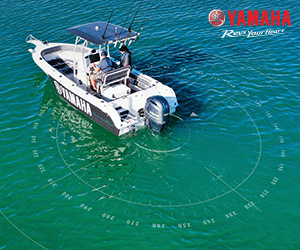Catchment management & QLD land clearing
By Tim Trollworthy
With the continuing sou-easters annoying hell out of us, hopefully you’ve all had a chance to read, and then have your say about the Queensland Fisheries Review. Like many of us, I was pretty shocked at the war and peace size of the Fisheries Review documents. There has also been a bit of flack flying around with regard to the electronic survey the QLD Government is using to solicit responses on what you think of the Fisheries Review, but I hope this hasn’t put you off from having your say. The big news is that the “powers that be” have responsibly extended the time frame to receive your submissions on the review until 31 July,so there’s a second chance for those of you who didn’t quite get around to it by the initial 30 June deadline!
As we all know, the wheels of change move slowly when it comes to QLD Fisheries. It’s now well over a year since the previous QLD Fisheries Minister announced the Fisheries Review and it is most likely that we’ll be lucky to see any implementation of even the most non-contentious recommendations before this time next year. Still, as I have said before, this Fisheries Review represents the best opportunity for responsible change in fisheries management in QLD for over 20 years, so don’t have any regrets and have your say via the online survey!
Great Barrier Reef status
Well, the draft decision of the World Heritage mob on the Great Barrier Reef (GBR) has been handed down and apparently it’s “not in danger”. I have absolutely no idea how this international crew weighs up all the different information on the GBR, but seems to be a bit of a circus with seemingly a lot of tax payers’ dollars spent showing the reef to a lot of big wigs who don’t speak a lot of English and undoubtedly Aussie politicians and public servants visiting different countries to influence decisions about how the reef is doing, and how the challenges it faces are being addressed. At the time of writing this, there is plenty of media saying that the final decision at the end of June could still be to list the Reef as in-danger, so who knows!?
I’m not across all of the facts as to whether the reef should be listed in-danger or not, and I can understand how it would be incredibly embarrassing for Australia and possibly damaging to our important tourism industry, if the reef is ever listed as in-danger. But I really wonder if the World Heritage mob has had a close look at the Australian Government’s own reports. One of the seemingly well prepared reports they do on the GBR is the Great Barrier Reef Outlook Report 2014 written by the Marine Park Authority. I find it more than interesting that the second last sentence of the summary of this report produced every five years, says: “Even with recent management initiatives to reduce threats and improve resilience, the overall outlook for the Great Barrier Reef is poor, has worsened since 2009 and is expected to further deteriorate in the future”. Now, far be it for me to question the draft decision of a team of international experts, but if the above sentence does not add up to “in-danger”,perhaps there should be a category titled “seen better days and heading down the drain”. Whatever it is,such a dire summarydoesn’t paint a pretty picture for the long term prognosis of the GBR, no matter how much you dress it up!
Some inshore reefs are really buggered!
Of interest, some of the most telling pictures that I have seen about changes to reefs in the GBR are also in the GBR Outlook Report 2014. It is readily available to read via the old Google search. Page 17 of this report shows a series of photos of the inshore reefs at Stone Island near Bowen from around 1890 right through to 2012. You can’t argue with pictures of a healthy coral reef flat comprising a range of plate and branching corals with associated deeper pools at low tide in 1890, that has unfortunately a bit over a hundred years later, been transformed into muddy, rubble bank. At high tide on Stone Island Reef in 1890 undoubtedly there would have been healthy populations of bar-cheek trout, red throat and parrotfish! You don’t have to be Einstein to know that with no home (i.e. no live coral reef), you’d probably spend years there these days to see such fish, let alone catch a couple.
Undoubtedly a century of people traipsing over them would have damaged the reefs on Stone Island, but it is the declining water quality from land use practices in the adjacent catchment that has caused most of the degradation of such inshore reefs. This is particularly the case along the coast from south of Port Douglas. However, north of Port Douglas, until recently, hasn’t seen much extensive agriculture. This leads me into the remainder of my article this month.
Plenty of tax payer dollars to support improved catchment management while land clearing continues!
Now we all know and love our hard working farmers and graziers. Many of them are valued readers of this great mag and it’d be a pretty boring hamburger and chips, or soy bean salad, you’d be having for lunch, without the fruits of their respective labours. Basically, we can’t survive without our farmers! But if we are to try and keep the GBR healthy, and optimistically even restore some of the inshore reefs areas to their past glory, everyone agrees with best science that we need to improve the water quality that comes from the catchment and enters the inshore reef waters.
Farmers and graziers have received, and will evidently be receiving, as part of the Federal and QLD Government’s Reef 2050 Long Term Sustainability Plan, a lot more dollars to improve the quality of water flowing from their properties. Most articles I have recently seen that are critical of the Reef 2050 Plan advise that millions more dollars, other than the couple of $100 million promised by present Governments to address land use issues, are required to truly see sustainable improvement in water quality on our inshore reefs.
Recently I have seen two media stories which make me scream in frustration and strongly question is anyone actually watching over the effective use of all our tax payer funds to improve run off into the Reef.
In May newspaper articles our dear PM was seen to be extolling the virtues of a new dam on the upper Burdekin River which could support 4 million tonnes per year of sugar cane development and 49000 hectares of land for irrigated agriculture. The second bit of media I saw on ABC TV last month, showed reminiscent of the Joh Bjelke days, 35000 hectares of gum trees and bush being bull- dozed on a property in the Normanby River catchment up on the Cape. Apparently the previous Can-Do brains trust State Government, in their relaxation of land clearing rules just before the last election, gave the cattle station owners a permit to clear all this bush to grow sorghum for their planned cattle expansion.
Now I’m, by far, not the sharpest tool in the shed, but doesn’t it stand out like dog’s balls that it is going to cost 10 times more dollars to improve land management on this recently cleared sorghum land up on the Cape, and also the aspirational additional cane and irrigated land, that dear Tony is singing the praises of, than if the land was simply left the way it was six months ago! What am I missing here? Oh, that’s right, the Politician’s mantra – short term development and growth at all cost!
Hopefully someone of influence with a conscience for the future and some ticker can call more public attention to such absurdity! I’m going fishin’!
See you next month. Tim.





